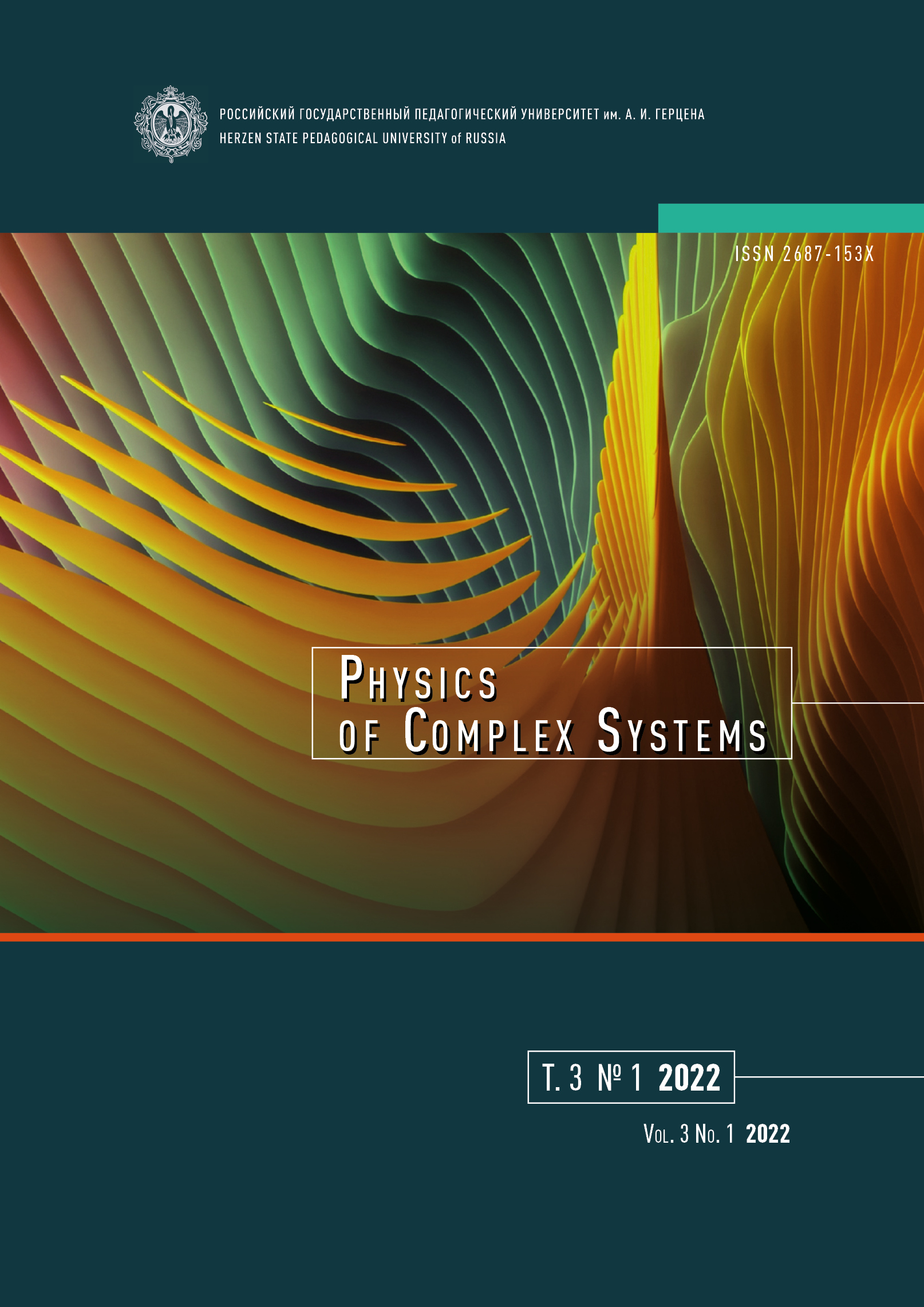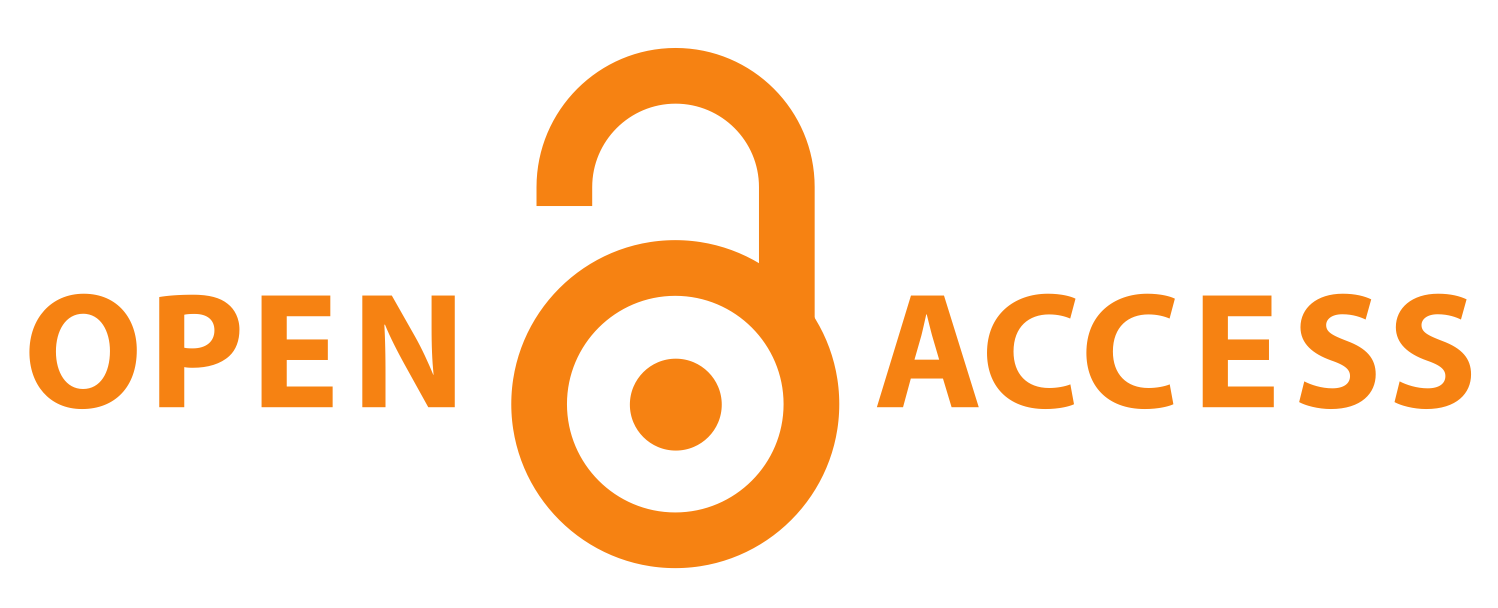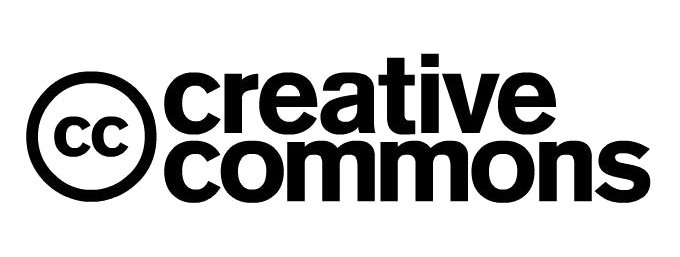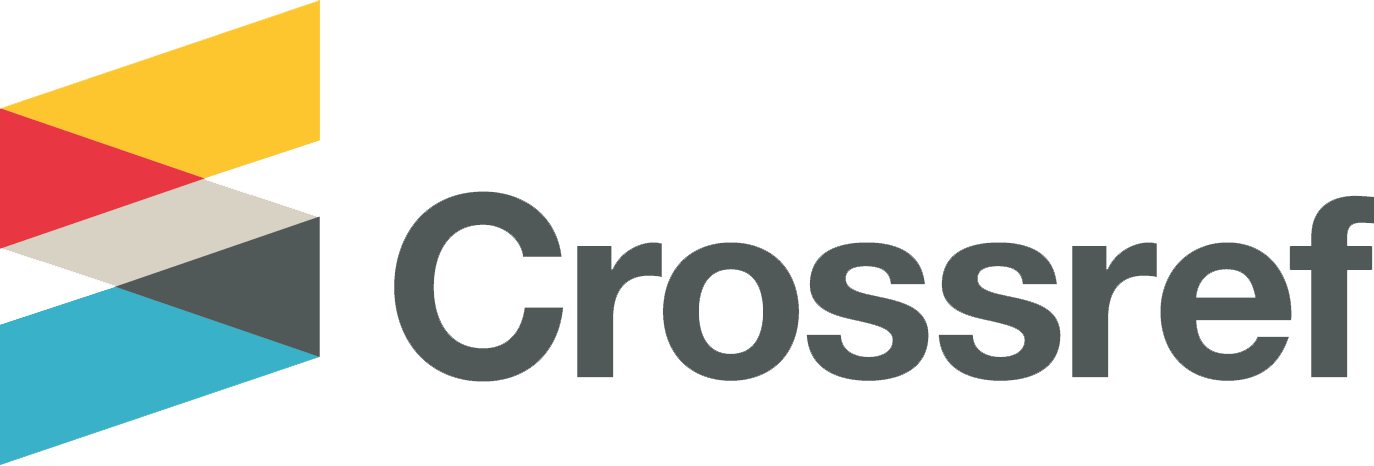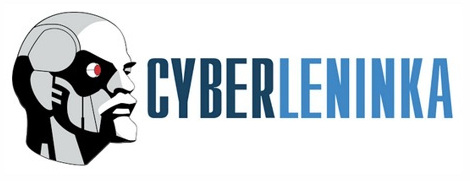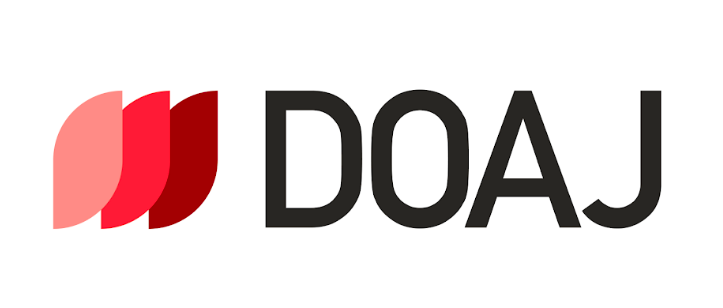The electronic structure of the K/AlN nanointerface
DOI:
https://doi.org/10.33910/2687-153X-2022-3-1-21-24Keywords:
III-nitrides, aluminum nitride (AlN), interfaces, surface, photoelectron spectroscopy, electronic structureAbstract
The electronic structure of the AlN surface and the ultrathin K/AlN interface was studied using in situ photoelectron spectroscopy under ultra-high vacuum conditions. Core level spectra from the N 1s, Al 2p and K 3p and from the valence band were studied for the clean AlN surface and for the K/AlN interface in the regime of K submonolayer coatings. During K adsorption, significant changes in all the spectra were found. Surface states in the valence band region below the EVBM were found. It was determined that the K/AlN interface has the semiconductor-like character.
References
Benemanskaya, G. V., Kukushkin, S. A., Dementev, P. A. et al. (2018a) Synchrotron-based photoemission study of electronic structure of the Cs/GaN ultrathin interface. Solid State Communications, 271, 6–10. https://doi.org/10.1016/j.ssc.2017.12.004 (In English)
Benemanskaya, G. V., Lapushkin, M. N., Marchenko, D. E., Timoshnev S. N. (2018b) The electronic structure of the Cs/n-GaN(0001) Nano-Interface. Technical Physics Letters, 44 (3), 247–250. https://doi.org/10.1134/S106378501803015X (In English)
Benemanskaya, G. V., Timoshnev, S. N., Ivanov, S. V. et al. (2014) Modification of the electronic structure and formation of an accumulation layer in ultrathin Ba/n-GaN and Ba/n-AlGaN interfaces. Journal of Experimental and Theoretical Physics, 118 (4), 600–610. https://doi.org/10.1134/S1063776114040098 (In English)
DenBaars, S. P., Feezell, D., Kelchner, K. et al. (2013) Development of gallium-nitride-based light-emitting diodes (LEDs) and laser diodes for energy-efficient lighting and displays. Acta Materiala, 61 (3), 945–951. https://doi.org/10.1016/j.actamat.2012.10.042 (In English)
Kempisty, P., Strak, P., Sakowski, K. et al. (2020) Ab initio and thermodynamic picture of Al adsorption of AlN(000-1) surface—Role of bond creation and electron transition contributions. Applied Surface Science, 532, article 147419. https://doi.org/10.1016/j.apsusc.2020.147419 (In English)
Kiranjot, Dhawan, R., Gupta, R. K. et al. (2020) Interface asymmetry in AlN/Ni and Ni/AlN interfaces: A study using resonant soft X-ray reflectivity. Applied Surface Science, 529, article 147199. https://doi.org/10.1016/j.apsusc.2020.147199 (In English)
Loughin, S., French, R. H., Ching, W. Y. et al. (1993) Electronic structure of aluminum nitride: Theory and experiment. Applied Physics Letters, 63 (9), 1182–1184. https://doi.org/10.1063/1.109764 (In English)
Magnuson, M., Mattesini, M., Höglund, C. et al. (2009) Electronic structure and chemical bonding anisotropy investigation of wurtzite AlN. Physical Review B, 80 (15), article 155105. https://doi.org/10.1103/PhysRevB.80.155105 (In English)
Strak, P., Sakowski, K., Kempisty, P., Krukowski, S. (2015) Structural and electronic properties of AlN(0001) surface under partial N coverage as determined by ab initio approach. Journal of Applied Physics, 118 (9), article 095705. https://doi.org/10.1063/1.4929823 (In English)
Sznajder, M. (2020) DFT-based modelling of carbon adsorption on the AlN surfaces and influence of point defects on the stability of diamond/AlN interfaces. Diamond and Related Materials, 103, article 107694. https://doi.org/10.1016/j.diamond.2020.107694 (In English)
Taniyasu, Y., Kasu, M. (2008) Aluminum nitride deep-ultraviolet light-emitting p–n junction diodes. Diamond and Related Materials, 17 (7–10), 1273–1277. https://doi.org/10.1016/j.diamond.2008.02.042 (In English)
Timoshnev, S., Benemanskaya, G., Iluridze, G., Minashvili, T. (2020) Photoelectron spectroscopy of electronic surface structure of the Cs/GaN and Cs/InN interfaces. Surface and Interface Analysis, 52 (10), 620–625. https://doi.org/10.1002/sia.6801 (In English)
Downloads
Published
Issue
Section
License
Copyright (c) 2022 Sergei N. Timoshnev, Galina V. Benemanskaya

This work is licensed under a Creative Commons Attribution-NonCommercial 4.0 International License.
The work is provided under the terms of the Public Offer and of Creative Commons public license Creative Commons Attribution 4.0 International (CC BY 4.0).
This license permits an unlimited number of users to copy and redistribute the material in any medium or format, and to remix, transform, and build upon the material for any purpose, including commercial use.
This license retains copyright for the authors but allows others to freely distribute, use, and adapt the work, on the mandatory condition that appropriate credit is given. Users must provide a correct link to the original publication in our journal, cite the authors' names, and indicate if any changes were made.
Copyright remains with the authors. The CC BY 4.0 license does not transfer rights to third parties but rather grants users prior permission for use, provided the attribution condition is met. Any use of the work will be governed by the terms of this license.
